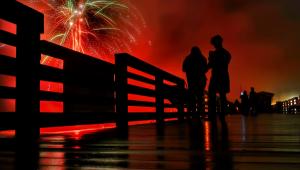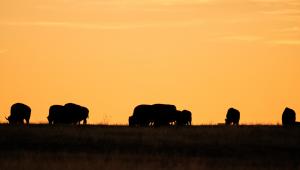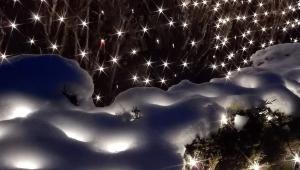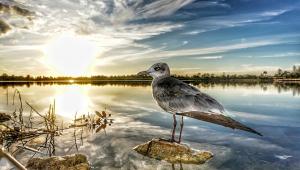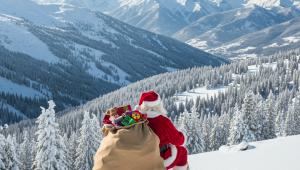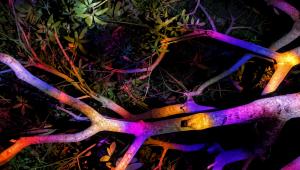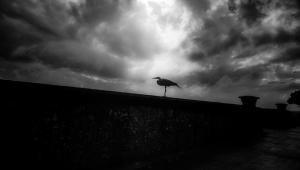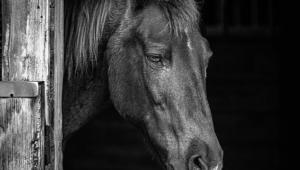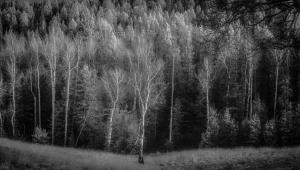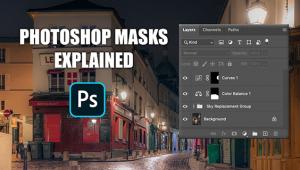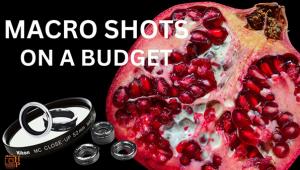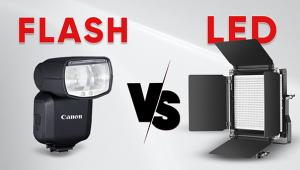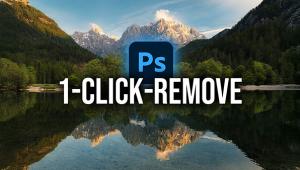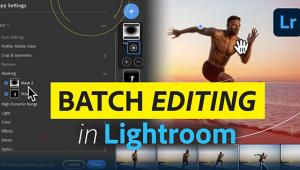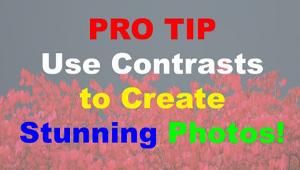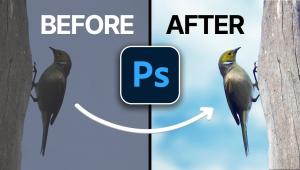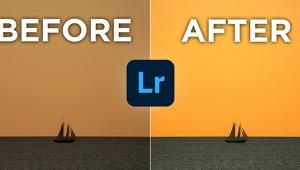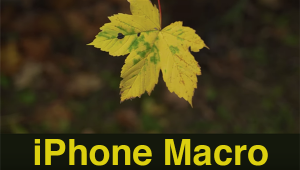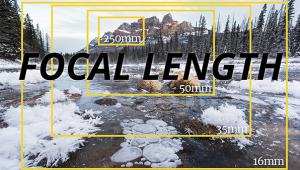Digital Help
Q&A For Digital Photography Page 2
The Functional Difference Between Digital Camera JPEG And Raw Files
Q. Several months ago, you were kind enough to answer my question about an appropriate
lens for my new digital SLR. Based on your advice, I bought a Nikon D50 body
and a Sigma 18-200mm lens, and I have been extremely happy with my pictures.
I have run into a curious problem, though, and I am hoping that once again you
can offer me the benefit of your experience and expertise. When printing JPEG
files from the D50, the prints are as close to the monitor image as I would
want. However, when I print raw (.nef) files, the prints are much, much "darker"
and "duller" than the monitor, although the colors seem accurate.
(I'm sorry for the non-tech description, but I think I cut art class on
the day color theory was explained.)
I am using a Dell UltraSharp LCD monitor, profiled as best I can with Adobe
Gamma, Photoshop Elements 3.0, an Epson 1280 printer with the paper manufacturers'
profiles for Kodak Professional Inkjet Photo Paper (Lustre), Ilford Classic
Pearl, and Epson Semigloss ColorLife Photo Paper. The results are essentially
the same with all the papers, although the Epson is a tiny bit better.
I've tried using both Adobe Camera Raw and Nikon Capture, but the results
are the same with both converters. I just can't understand how JPEG files
print "perfectly" (for me, at least), but raw files from the same
camera with the same post-processing workflow come out so dark and dull. Can
you, once again, help me out?
Martin H. Spar
A. The difference you are seeing in prints made from JPEG
and raw files is apparently due to the fact you are not fully color correcting
and adjusting the Raw mode images prior to printing, as is required in Photoshop.
In JPEG mode your camera's internal processing automatically color corrects
and adjusts the image to what Nikon thinks is optimal. In JPEG mode the camera's
default settings usually include an increase in sharpness, contrast, and saturation.
In Raw mode you get all of the data straight without any parameter increases
to sharpness, contrast, and saturation, and no on-board automatic image adjustment.
The Raw mode presumes color balance, sharpness, contrast/brightness adjustment,
and saturation will be optimized in an image-editing application like Photoshop
by the user.
If you don't want to or do not have the Photoshop experience and skill,
and don't want to take the trouble to learn how to color correct and edit
raw image files, you should stick with JPEG mode, and select the finest quality
setting.
Megapixels, How Many, And Is There A Comparison With Film?
Q. I'm hoping to hone in on your clear expertise in digital photography.
I am not a professional photographer, but I love taking pictures, particularly
landscape shots. I have a Sony Cyber-shot DSC-S85, which is a very nice consumer
camera sporting a Carl Zeiss f/2.0 lens. But I've been thinking of moving
on, and have my eye on Sony's new 10-megapixel Cyber-shot DSC-R1. Not
an SLR, but very nice and I have an affinity to those Zeiss lenses. I'm
not interested in investing enough to warrant owning multiple lenses, so these
so-called "prosumer" cameras seem to be a good compromise. This
Sony model seems to sport a much larger sensor than my current one, which should
minimize noise and leaves me feeling that the 10 megapixels will be utilized
properly.
My question is, how many megapixels does it take to compare to film? I understand
that there are plenty of variables that make that impossible to answer, but
in your opinion, where is that threshold likely to lie? I think 10 megapixels
takes me just beyond A3 size...but how does that compare to film? Any insight
you can provide would be appreciated.
Andrew Cann
A. There really isn't any easy formula to relate film
to digital. It is really a prime example of an apples/oranges comparison. With
film the image is a physical entity that is an inherent part of the film itself,
and the information is actually made up of organized noise, the grain in the
film. Digital is essentially pure information with no physical existence. The
media on which an image file is stored has no relation to its physical nature
whatsoever.
So, the only criteria is the one you suggested. With a sensor of so many pixels,
how large an image can you make? This varies considerably due to how the image
was made (skill of photographer), how it was saved, JPEG vs. raw, how the file
was processed and edited, and how it was re-sized if a large print is produced.
Recently I tested the new Canon EOS 5D, which has a 12.8-megapixel output. Without
any re-sizing I was able to make 12x18 images on 13x19 paper of excellent quality.
With even simple re-sizing, just using Photoshop, starting with raw format files
from the camera, making very good quality 16x20 prints would be quite easy.
What To Choose To Make Digital Copies Of Artwork
Q. I am an artist with photographic skills looking for the right camera to use
for copying flat, two-dimensional artwork with enough accuracy to do small to
medium size prints. With all the advances in Photoshop CS2, I am looking for
raw capture digital capabilities. Would you have a recommendation for a not
too terribly expensive good digital copy camera and/or SLR and lenses? Thank
you!
Acacia
A. I would recommend considering a digital SLR camera like a Canon EOS 20D or Nikon D70. And, if you can afford it, also get a macro lens rather than a "normal" lens for the camera. Although there are less costly digital cameras in the prosumer category, like those made by Sony, and even though the output specifications are comparable, I think for copying you would find the optical reflex viewing, framing, and focusing provided by an SLR invaluable.
- Log in or register to post comments

